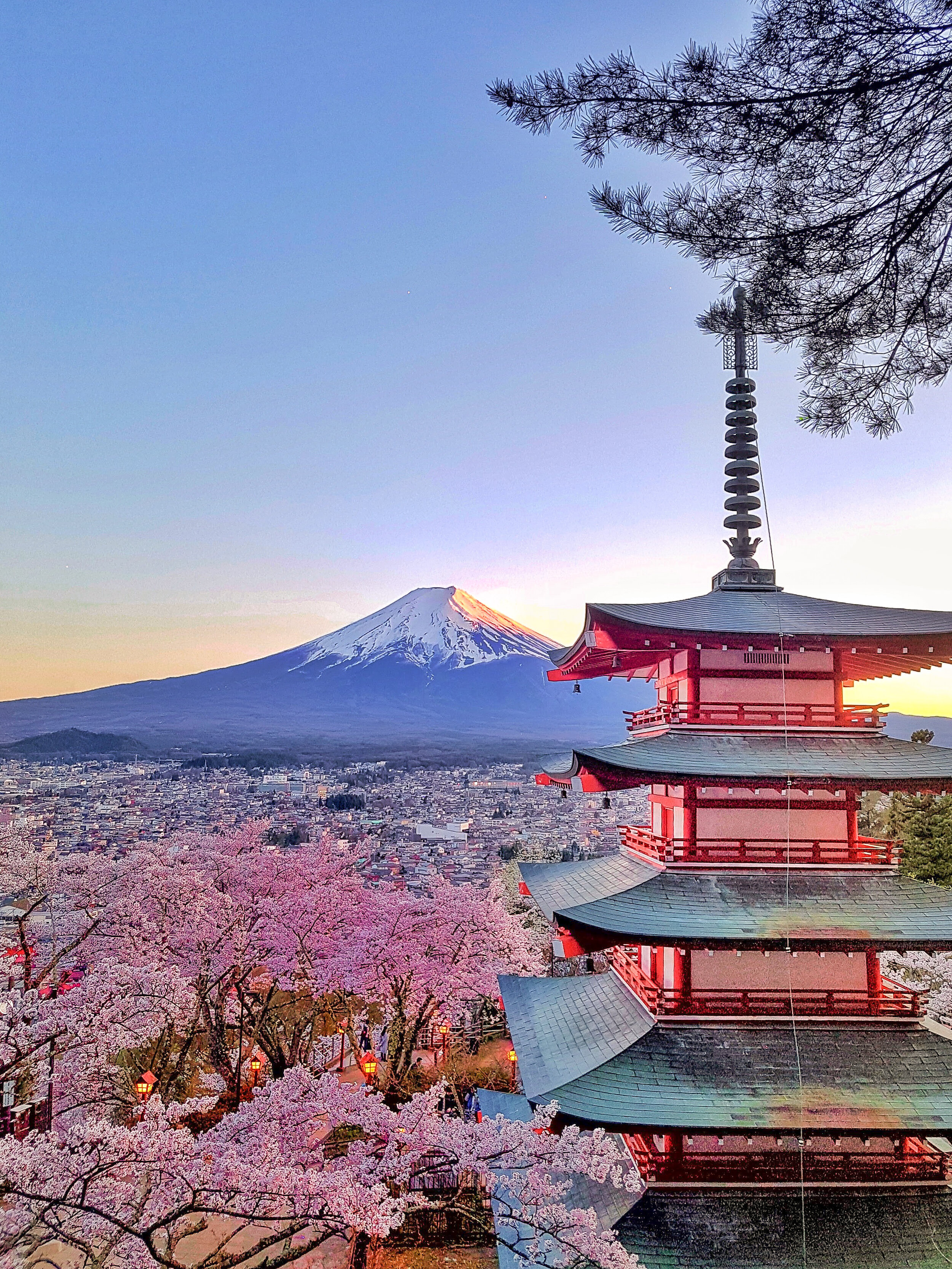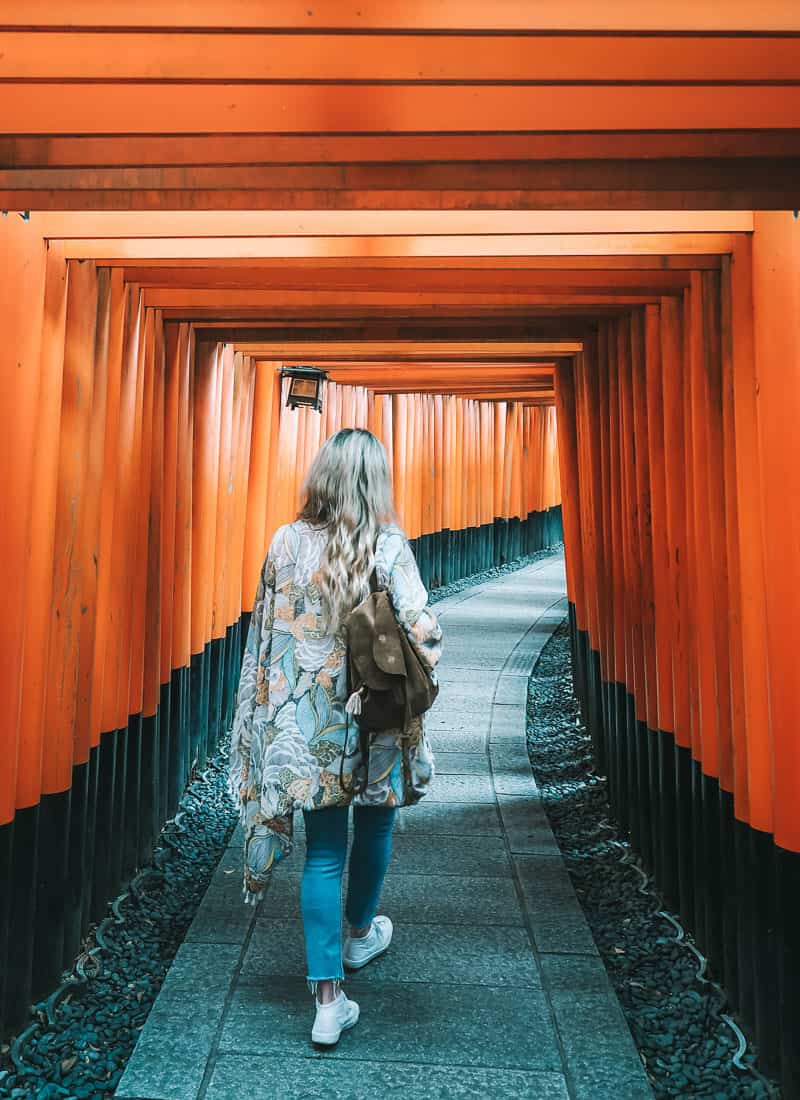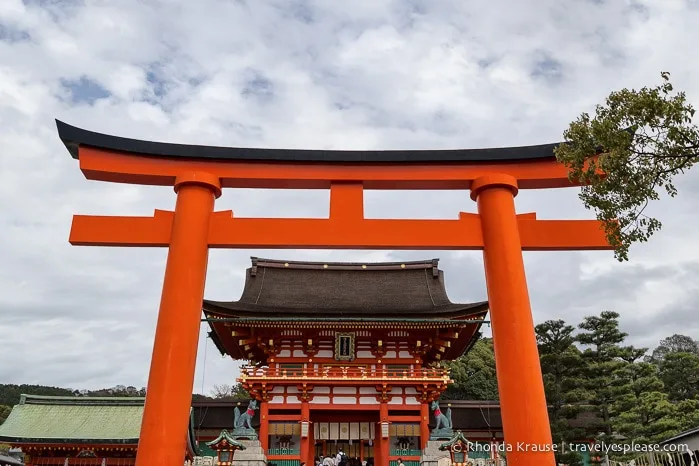Japan is a land of contrasts. Ancient traditions meet modern technology here.
Visiting Japan for the first time is thrilling. The country offers a mix of cultural experiences and stunning landscapes. From bustling cities to serene temples, there is so much to see and do. Japan’s efficient transport system makes travel easy, and the people are friendly and helpful.
You will find delicious food, from sushi to ramen, in every corner. Whether you are exploring Tokyo‘s neon-lit streets or Kyoto’s historic shrines, Japan promises a unique adventure. This guide will help you prepare for your trip, ensuring you make the most of your first visit. Get ready to discover the beauty and charm of Japan.

Planning Your Trip
Visiting Japan for the first time is exciting. To make your trip smooth, careful planning is essential. This guide will help you with the basics. From choosing the best time to visit to understanding visa requirements, we’ve got you covered.
Best Time To Visit
Japan has four distinct seasons. Each season offers unique experiences. Spring, from March to May, is famous for cherry blossoms. Fall, from September to November, showcases beautiful autumn leaves. Summer is hot, but festivals like Obon make it lively. Winter is cold, but perfect for skiing in places like Hokkaido.
Consider what you want to see and do. Cherry blossoms are a top attraction in spring. Autumn leaves draw many visitors in the fall. Festivals and outdoor activities are plentiful in summer. Winter sports enthusiasts flock to Japan’s snowy regions.
Visa Requirements
Check if you need a visa to enter Japan. Many countries have visa exemption agreements with Japan. This allows short-term stays without a visa. For example, citizens of the United States, Canada, and the European Union can stay up to 90 days without a visa.
If you need a visa, visit the Japanese embassy or consulate in your country. Prepare necessary documents like a valid passport, a completed visa application form, and a recent passport-sized photo. Some visas require additional documents, such as proof of financial stability or a detailed travel itinerary.
Apply for your visa well in advance. Processing times can vary. Ensure all your documents are complete to avoid delays.
Navigating Japanese Culture
Explore the wonders of Japan with a first-time visit. Experience traditional tea ceremonies, unique etiquette, and beautiful temples. Enjoy the vibrant culture and friendly locals.
Navigating Japanese Culture
Embarking on your first visit to Japan can be both exciting and overwhelming. The unique blend of tradition and modernity in Japanese culture can be fascinating. Understanding some basic aspects of Japanese culture can greatly enhance your experience. Respecting local customs and knowing a few key phrases can make a big difference.
Basic Etiquette
Japanese society places a high value on respect and manners. Bowing is a common gesture in Japan. It is used to greet, thank, and apologize. A slight bow with your hands at your sides is a polite way to show respect. Shoes should be removed before entering homes and certain traditional restaurants. Look for a designated area to leave them.
When using public transportation, keep noise to a minimum. Avoid talking on your phone. It is considered rude. Always queue in line while waiting for trains or buses. It shows respect for others.
Common Phrases
Learning a few basic Japanese phrases can be very helpful. It shows respect and effort. Here are some essential phrases:
– “Arigatou” (Thank you)
– “Sumimasen” (Excuse me/I’m sorry)
– “Konnichiwa” (Hello/Good afternoon)
– “Hai” (Yes)
– “Iie” (No)
These phrases can help you navigate daily interactions. People will appreciate your effort to speak their language.
Transportation Tips
Visiting Japan for the first time can be a thrilling experience. Navigating through its cities and countryside, understanding the transportation system is vital. Below are some tips to help you get around in Japan.
Using Public Transit
Japan’s public transit system is efficient and reliable. Trains and buses are always on time. The JR Pass offers unlimited travel on JR trains for a fixed period. This pass is perfect for tourists. You can buy it before arriving in Japan.
Tokyo’s subway system may seem complex. But, it’s easy to understand with a little practice. Stations have signs in English. You can use the Suica or Pasmo card for convenience. These cards work for trains, buses, and even some shops.
Renting A Car
Renting a car in Japan provides flexibility. It’s a good option for exploring rural areas. You need an International Driving Permit (IDP) along with your license. Rental agencies are at airports and major cities.
Japanese roads are well-maintained. Road signs are in Japanese and English. Drive on the left side of the road. Parking can be challenging in cities. Look for designated parking lots. GPS systems in rental cars are often in English.

Accommodation Options
When planning your first trip to Japan, choosing the right accommodation can enhance your experience. There are various options to suit different preferences and budgets. Below, we explore some of the most popular accommodation choices.
Hotels And Ryokans
Hotels in Japan range from luxury five-star establishments to budget-friendly options. Many hotels offer modern amenities like Wi-Fi, room service, and fitness centers. Some popular hotel chains include:
- Hilton
- Marriott
- APA Hotels
Ryokans are traditional Japanese inns. They offer a unique cultural experience. Guests sleep on futons on tatami mats. Ryokans often include onsen (hot spring) baths and traditional meals. Staying in a ryokan can provide an unforgettable experience.
Airbnb And Hostels
Airbnb provides a wide range of accommodation options. You can find everything from private apartments to shared rooms. It is a great option for those who want a homely environment.
Hostels are perfect for budget travelers. They offer dormitory-style rooms or private rooms at a lower cost. Hostels are also a great way to meet fellow travelers. Some popular hostel chains are:
- Capsule Hotels
- Khaosan Hostels
- Guesthouse U-En
Each type of accommodation has its own charm and benefits. Whether you prefer the luxury of hotels, the tradition of ryokans, or the budget-friendly options of Airbnb and hostels, Japan has something for everyone.
Must-see Attractions
Japan is a country rich in culture and history. For first-time visitors, there are countless attractions to explore. From vibrant cities to ancient temples, Japan offers a unique experience for every traveler. Below are some must-see attractions you should not miss.
Top Cities To Visit
Tokyo, the capital of Japan, is a bustling metropolis. It combines the ultramodern with traditional culture. Don’t miss the famous Shibuya Crossing and the serene Meiji Shrine. Kyoto is another top city with its well-preserved temples and beautiful gardens. The Fushimi Inari Shrine is a must-see with its thousands of red torii gates.
Osaka is known for its modern architecture and street food. Visit the Osaka Castle and the lively Dotonbori area. Lastly, Hiroshima offers a poignant experience at the Peace Memorial Park. These cities provide a diverse look into Japan’s unique culture and history.
Historic Sites
Japan is home to many historic sites that offer a glimpse into its past. The ancient city of Nara is famous for Todai-ji Temple and its massive bronze Buddha statue. The Horyu-ji Temple, one of the oldest wooden buildings in the world, is also located here.
In Kamakura, you will find the Great Buddha, a monumental outdoor bronze statue. Nikko is another historic gem with the Toshogu Shrine, a UNESCO World Heritage site. These historic sites are essential to understanding Japan’s rich heritage.
Food And Dining
Japan is a paradise for food lovers. The country’s cuisine is both diverse and delicious. From fresh sushi to hearty ramen, the food scene in Japan offers something for everyone. Let’s dive into the world of Japanese food and dining.
Traditional Dishes
Japanese cuisine is known for its traditional dishes. These dishes highlight fresh, seasonal ingredients. Here are some must-try dishes:
- Sushi: Fresh fish with vinegared rice.
- Ramen: Noodle soup with various toppings.
- Tempura: Deep-fried seafood or vegetables.
- Sashimi: Slices of raw fish.
- Okonomiyaki: Savory pancake with various fillings.
- Yakitori: Grilled chicken skewers.
These dishes are available at many restaurants. You can also find street food vendors selling these treats. Trying these dishes will give you a taste of Japan’s culinary heritage.
Eating Out Tips
Eating out in Japan can be a unique experience. Here are some tips to help you navigate the dining scene:
- Learn Basic Etiquette: Use chopsticks correctly. Do not stick them upright in rice.
- Reservations: Make reservations for popular restaurants. Walk-ins may not always be possible.
- Ordering: Many menus have pictures. Pointing works well if you do not speak Japanese.
- Cash is King: Many small restaurants only accept cash. Carry enough yen.
- Slurping is Polite: Slurping noodles is a sign of enjoyment.
- No Tipping: Tipping is not customary. Service charges are included in the bill.
Following these tips can make your dining experience smoother. Enjoying food in Japan is about respect and appreciation.
Shopping Guide
Visiting Japan for the first time can be an exciting experience. Shopping in Japan is a unique adventure. From bustling districts to charming local shops, there is something for everyone. Let’s explore the best places and souvenirs to consider.
Popular Shopping Districts
Japan is known for its vibrant shopping districts. These areas offer a mix of high-end boutiques and local stores. Here are some must-visit places:
- Shibuya: Famous for its youth culture and fashion trends. The Shibuya Crossing is iconic.
- Harajuku: Known for its quirky and unique fashion. Takeshita Street is a hotspot.
- Ginza: A luxury shopping district with high-end brands and fine dining.
- Akihabara: The go-to place for electronics and anime merchandise.
Unique Souvenirs
Bringing home souvenirs is a great way to remember your trip. Japan offers a wide range of unique items that make perfect gifts. Here are some suggestions:
| Item | Description |
|---|---|
| Maneki Neko | A lucky cat figurine believed to bring good fortune. |
| Wagashi | Traditional Japanese sweets, often beautifully crafted. |
| Furoshiki | A versatile cloth used for wrapping gifts and goods. |
| Kimono | Traditional Japanese garment, available in various styles. |
These items are not only beautiful but also hold cultural significance.
Staying Connected
Visiting Japan for the first time can be both exciting and overwhelming. Staying connected is vital for navigating the cities, staying in touch with loved ones, and making the most of your trip. Here are some tips to ensure you stay connected throughout your journey.
Internet Access
Having reliable internet access in Japan is essential. You have several options:
- Pocket WiFi: Rent a pocket WiFi device at the airport or online. It offers unlimited data and can connect multiple devices.
- SIM Cards: Purchase a prepaid SIM card for your smartphone. Available at airports, convenience stores, and electronics shops.
- Free WiFi: Many cafes, hotels, and public places offer free WiFi. Use apps like Japan Connected-free Wi-Fi to find hotspots.
Useful Apps
Several apps can help make your trip smoother:
- Google Maps: Essential for navigation. Provides public transport routes and walking directions.
- HyperDia: A must-have for train schedules and routes. Helps plan your travel across Japan’s extensive rail network.
- Google Translate: Useful for translating signs, menus, and conversations. It also has a camera feature to translate text instantly.
- Line: Popular messaging app in Japan. Use it to stay in touch with locals and fellow travelers.
- Japan Official Travel App: Provides information on attractions, events, and emergency contacts. A comprehensive guide for tourists.
With these tips, you can easily stay connected during your trip to Japan. Enjoy your adventure!

Frequently Asked Questions
What Should I Know Before Visiting Japan?
Before visiting Japan, learn basic Japanese phrases, understand local etiquette, and familiarize yourself with the transportation system.
When Is The Best Time To Visit Japan?
The best time to visit Japan is during spring (March to May) and autumn (September to November).
Do I Need Cash In Japan?
Yes, cash is widely used in Japan. Many places do not accept credit cards, so carry sufficient yen.
What Are Must-visit Places In Japan?
Must-visit places include Tokyo, Kyoto, Osaka, Hiroshima, and Nara. Each city offers unique cultural experiences.
Conclusion
Experiencing Japan for the first time is truly unforgettable. From bustling cities to serene temples, there’s so much to see. Try delicious local food and embrace new customs. Don’t forget to capture memories with your camera. Plan ahead to make the most of your trip.
Enjoy every moment and cherish the unique culture. Japan awaits you with open arms. Safe travels and happy exploring!



